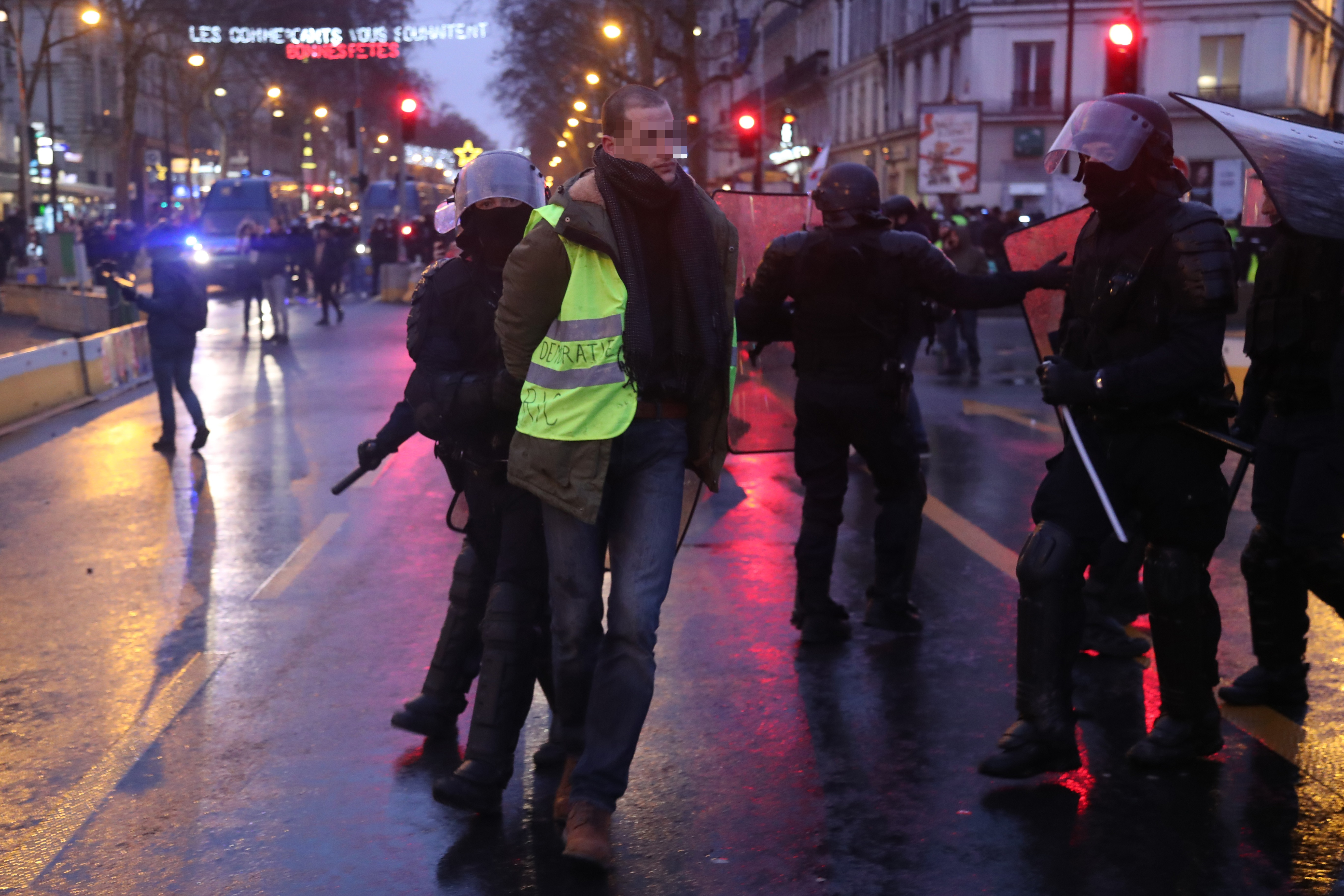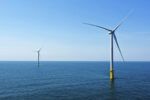French growth slumps as ‘yellow vest’ protests take toll
“Yellow vest” protests in Paris and other cities since November have taken a toll on French GDP growth, economists say (Zakaria ABDELKAFI)
Paris (AFP) – France’s economic growth sagged last year as consumer spending tapered off during the violent “yellow vest” protests, figures showed Wednesday, underlining the difficulties for President Emmanuel Macron as he struggles to raising living standards and deliver lower unemployment.
Statistics office INSEE said GDP expanded by just 1.5 percent in 2018 after the 2.3 percent rise in 2017, when Macron swept into the presidency with his pledge to revive the economy through pro-business reforms.
The 2018 outcome fell short of the government’s target of 1.7 percent growth, and economists warn of gathering risks that could jeopardise any chances of an acceleration in 2019.
INSEE said consumer spending was stagnant in the fourth quarter after edging up 0.4 percent in the previous three months, as the “yellow vest” protests over high fuel taxes and low living standards sparked widespread disruption.
Dozens of shops were ransacked and cars burned in Paris and other cities during the weekly Saturday protests which began in November and kept many shoppers at home for the holiday shopping season.
Road blockades also halted goods and supplies from reaching stores and businesses, causing production bottlenecks and shortages.
Over 2018 as a whole, consumer spending rose just 0.8 percent. “That’s close to the levels you see during periods of government austerity,” said Mathieu Plane, an economist at the OFCE forecasting institute.
Even a heavy reduction in residential taxes for millions of French households which came into effect last autumn, part of Macron’s pledges to boost spending power, was not enough to entice the French to shop more.
– Headwinds –
Household investment spending also slumped, falling 0.4 percent in the final three months of the year, INSEE said, while growth in investment by companies slowed to 2.9 percent from 4.7 percent in the third quarter.
The government, which faces increasing difficulties keeping public spending under control and the budget deficit within EU limits, tried to see the glass as half-full rather than half-empty.
“Despite the deterioration of the international environment and the yellow vest movement, French growth is solid,” Finance Minister Bruno Le Maire said on Twitter.
“Our policies are paying off,” he added.
But a 10 billion euro ($11.4 billion) relief package for low earners unveiled by Macron in December to ease the “yellow vest” anger will push France’s deficit above the EU’s three-percent limit of GDP this year.
And most of INSEE’s main readings showed a French economy facing increasing headwinds, not least the trade tensions between Europe, China and the US under the protectionist policies of President Donald Trump.
Although exports bounced 2.4 percent higher in the fourth quarter, they gained just 3.1 percent over the year after the 4.7 percent jump in 2017.
“It was mainly exports which helped in the fourth quarter,” said Stephane Colliac, an economist at Euler Hermes, “otherwise GDP growth would have almost been zero.”
Imports, a key indicator of French willingness to spend, rose just 1.1 percent last year after climbing 4.1 percent in 2017.
– German fallout? –
Looking ahead, the uncertainty surrounding Britain’s looming exit from the EU and higher oil prices are other factors could derail the French government’s hopes of a rebound in the growth rate.
Another big risk is a slowdown in France’s largest trading partner Germany, which warned Wednesday that its growth could plunge to just one percent this year instead of the 1.8 percent forecast previously.
“The international and European situations are fairly alarming,” said Alexandre Mirlicourtois at the Xerfi economic research firm.
Although Macron’s moves to bolster spending power could foster a recovery, “the social climate has not yet returned to normal,” Mirlicourtois said, referring to yellow vest vows to press their demands for more tax relief.
The International Monetary Fund is forecasting French growth of 1.5 percent this year, below the government’s target of 1.7 percent.
Some economists say even that forecast could be too rosy if oil prices climb further or household and business spending remains lethargic.
“It’s all going to depend on how things play out in the coming months,” said Plane of the OFCE.
He noted that up to now, “gains in spending power have led only to higher rates of saving, and not increased spending.”
Disclaimer: This story is published from a syndicated feed. Siliconeer does not assume any liability for the above story. Validity of the above story is for 7 Days from original date of publishing. Content copyright AFP.


